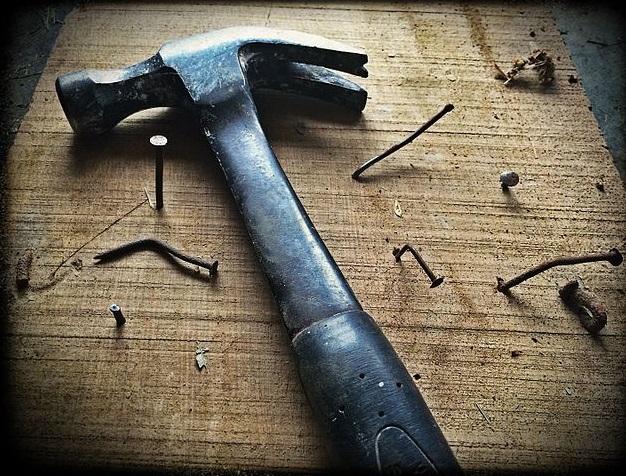When it comes to using hammers, safety should always be the top priority. Whether you’re a professional contractor or a DIY enthusiast, it’s important to know how to handle a hammer safely to prevent injuries. In this article, we will discuss the top 8 safety tips for safe hammer handling.
- Always wear safety glasses when using a hammer. Eye injuries are a common occurrence when using hammers, so it’s important to always wear safety glasses to protect your eyes from flying debris. Make sure the glasses fit properly and have a hard plastic or polycarbonate lens to provide maximum protection. Wearing safety glasses also protects from dust and debris that can fly into the eyes while using a hammer. It is important to always wear safety glasses, even if you think the task is small or insignificant.
- Choose the right hammer for the job. Different hammers are designed for different tasks, so it’s important to choose the right one for the job. For example, a framing hammer is designed for framing, a ball peen hammer for metalworking, and a sledgehammer for heavy demolition work. Using the right hammer for the job will help you work more efficiently and safely. This will also prevent the hammer from getting damaged, thus reducing the chance of an accident. A framing hammer is not suited for heavy demolition work and a sledgehammer is not suited for precision work.
- Inspect the hammer before use. Before using a hammer, inspect it for any damage, such as a cracked handle or a loose head. A damaged hammer can easily break and cause injury, so if you find any damage, replace the hammer before using it. This also includes checking for any rust or corrosion on the hammer. This will prevent the hammer from breaking, which can cause injury. Also, a hammer with a loose head can fly off and cause injury.
- Hold the hammer properly. Holding the hammer properly is essential for safe hammer handling. Grip the handle with your dominant hand and place your other hand on the hammer head for added control. Keep your fingers away from the striking surface to avoid injury. This will give you better control over the hammer and prevent injury. A proper grip also helps to prevent the hammer from slipping out of your hand and potentially causing injury.
- Keep your work area clean and organized. A cluttered work area can be a safety hazard, so it’s important to keep your work area clean and organized. Make sure the area is well-lit and free of tripping hazards, and keep your tools and materials in their proper place. This will help to prevent accidents and make it easier to work with your hammer. A clean and organized work area also allows for better visibility and easier access to tools and materials.
- Avoid overreaching or awkward positions. When using a hammer, avoid overreaching or getting into awkward positions. This can lead to muscle strains and injuries, and can also make it difficult to control the hammer. Keep your body in a comfortable and stable position to maintain proper control and avoid injuries. This also includes avoiding twisting of the body while using a hammer. This can cause back and shoulder injuries.
- Use the hammer for its intended purpose. Hammers are designed for specific tasks, so it’s important to use them for their intended purpose. Avoid using a hammer as a pry bar or chisel, as this can cause damage to the hammer and can also lead to accidents. Using a hammer for its intended purpose ensures that the hammer is being used correctly and safely.
- Use the hammer with the right force. Using the right force when striking with a hammer is important for both safety and accuracy. If you use too much force, you can damage the material or cause injury. If you use too little force, the hammer may not make an impact. Practice using the hammer to find the right force for your task. This will prevent over-striking and under-striking. Using the right force also helps to prevent injury and damage to the material being worked on.
Using a hammer safely requires a combination of knowledge, proper equipment, and good habits. By following these safety tips, you can reduce the risk of injuries and work more efficiently. Remember to always wear safety glasses, choose the right hammer for the job, inspect the hammer before use, hold the hammer properly, keep your work area clean and organized, avoid overreaching or awkward positions, use the hammer for its intended purpose, and use the hammer with the right force.










